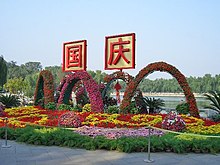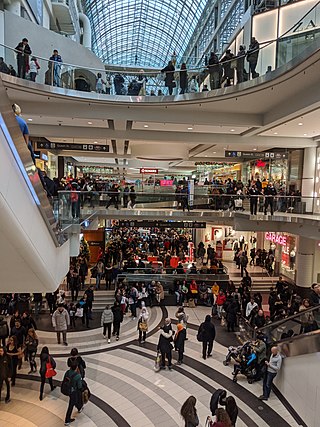
Boxing Day is a holiday celebrated after Christmas Day, occurring on the second day of Christmastide. Boxing Day was once a day to donate gifts to those in need, but it has evolved to become a part of Christmas festivities, with many people choosing to shop for deals on Boxing Day. It originated in the United Kingdom and is celebrated in several Commonwealth nations. The attached bank holiday or public holiday may take place on 28 December if necessary to ensure it falls on a weekday. Boxing Day is also concurrent with the Christian festival Saint Stephen's Day.

Customs and regulations for shopping hours vary between countries and between cities.
All official holidays in Finland are established by acts of Parliament. The official holidays can be divided into Christian and non-Christian holidays. The main Christian holidays are Christmas, New Year's Day, Epiphany, Easter, Ascension day, Pentecost, Midsummer Day, and All Saints' Day. The non-Christian holidays are May Day and the Independence Day of Finland.
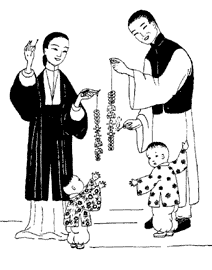
The Qingming Festival or Ching Ming Festival, also known as Tomb-Sweeping Day in English, is a traditional Chinese festival observed by ethnic Chinese in mainland China, Hong Kong, Macau, Taiwan, Malaysia, Singapore, Cambodia, Indonesia, Philippines, Thailand, and Vietnam. A celebration of spring, it falls on the first day of the fifth solar term of the traditional Chinese lunisolar calendar. This makes it the 15th day after the Spring Equinox, either 4, 5 or 6 April in a given year. During Qingming, Chinese families visit the tombs of their ancestors to clean the gravesites and make ritual offerings to their ancestors. Offerings would typically include traditional food dishes and the burning of joss sticks and joss paper. The holiday recognizes the traditional reverence of one's ancestors in Chinese culture.

Public holidays in Malaysia are regulated at both federal and state levels, mainly based on a list of federal holidays observed nationwide plus a few additional holidays observed by each individual state and federal territory. The public holidays are a mix of secular holidays celebrating the nation and its history, and selected traditional holidays of the various ethnic and religious groups that make up the country.
The schedule of 11 public holidays in Singapore which are gazetted and recognized since the establishment of Singapore's 1998 Holidays Act.
The weekdays and weekend are the complementary parts of the week devoted to labour and rest, respectively. The legal weekdays, or workweek, is the part of the seven-day week devoted to working. In most of the world, the workweek is from Monday to Friday and the weekend is Saturday and Sunday. A weekday or workday is any day of the working week. Other institutions often follow this pattern, such as places of education. The constituted weekend has varying definitions, based on determined calendar days, designated period of time, and/or regional definition of the working week. Sometimes the term "weekend" is expanded to include the time after work hours on the last workday of the week.
Qīngmíng, Seimei, Cheongmyeong or Thanh minh, is the name of the 5th solar term of the traditional Chinese lunisolar calendar, which divides a year into 24 solar terms. In space partitioning, Qingming begins when the sun reaches the celestial longitude of 15° and ends when it reaches the longitude of 30°. It more often refers in particular to the day when the sun is exactly at the celestial longitude of 15°, usually on April 5.
The Golden Week, in the People's Republic of China, is the name given to three separate 7-day or 8-day national holidays which were implemented in 2000:
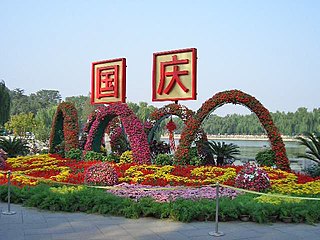
National Day, officially the National Day of the People's Republic of China (中华人民共和国国庆节), is a public holiday in China celebrated annually on 1 October as the national day of the People's Republic of China, commemorating Mao Zedong's formal proclamation of the establishment of the People's Republic of China on 1 October 1949. The Chinese Communist Party victory in the Chinese Civil War resulted in the Kuomintang retreat to Taiwan and the Chinese Communist Revolution whereby the People's Republic of China replaced the Republic of China.

Bank holidays in Scotland are determined under the Banking and Financial Dealings Act 1971 and the St Andrew's Day Bank Holiday (Scotland) Act 2007. Unlike the rest of the United Kingdom, most bank holidays are not recognised as statutory public holidays in Scotland, as most public holidays are determined by local authorities across Scotland. Some of these may be taken in lieu of statutory holidays, while others may be additional holidays, although many companies, including the Royal Mail, do not follow all the holidays listed below; and many swap between English and local holidays. Many large shops and supermarkets continue to operate normally during public holidays, especially since there are no restrictions such as Sunday trading rules in Scotland.
Lists of holidays by various categorizations.
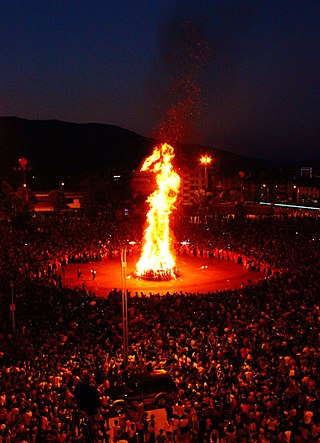
The Torch Festival or Fire Festival, also known as the Xinghui Festival is one of the main holidays of the Yi people of southwest China and is celebrated by other ethnic groups of the region as well. It is celebrated on the 24th or 25th day of the sixth month of the Yi calendar, corresponding to August in the Gregorian calendar. It commemorates the legendary wrestler Atilabia, who drove away a plague of locusts using torches made from pine trees. Since 1993, the government of the Liangshan Yi Autonomous Prefecture in Sichuan has sponsored a modernised celebration of the festival featuring wrestling, horse racing, dance shows, and a beauty contest.
In Sweden, public holidays are established by acts of Parliament. The official holidays can be divided into Christian and non-Christian holidays. The Christian holidays are jul (Christmas), trettondedag jul (Epiphany), påsk (Easter), Kristi himmelsfärds dag, pingstdagen (Pentecost), and alla helgons dag. The non-Christian holidays are: nyårsdagen, första maj, Sveriges nationaldag, and midsommar (Midsummer). Midsummer is, however, officially also a Christian holiday to celebrate John the Baptist's birthday.
The General Office of the State Council of the People's Republic of China is an administrative agency of the State Council which assists the leaders with the day to day administrative operations of the Chinese government. It is also known as State Council General Office (国务院办公厅) or "State Office" (国办).
The Third Month Fair is one of the most important festivals celebrated by the Bai people of southwest China. It includes a street bazaar, performances, sports, and games, and takes place annually in Dali City, Yunnan. The fair lasts several days, starting on the 15th day of the third month of the Chinese calendar. In 2024, it begins on April 23.
Events in the year 2024 in China.
Events in the year 2024 in Macau, China.
